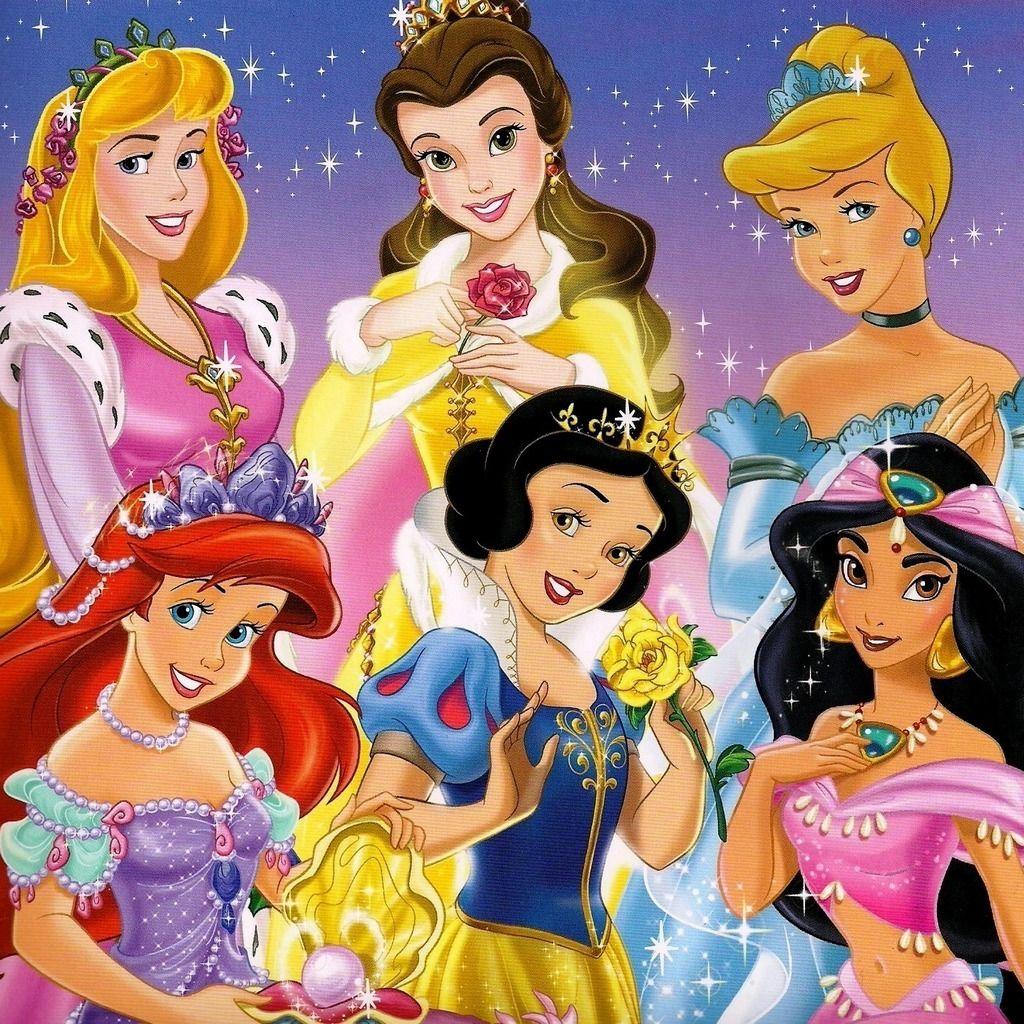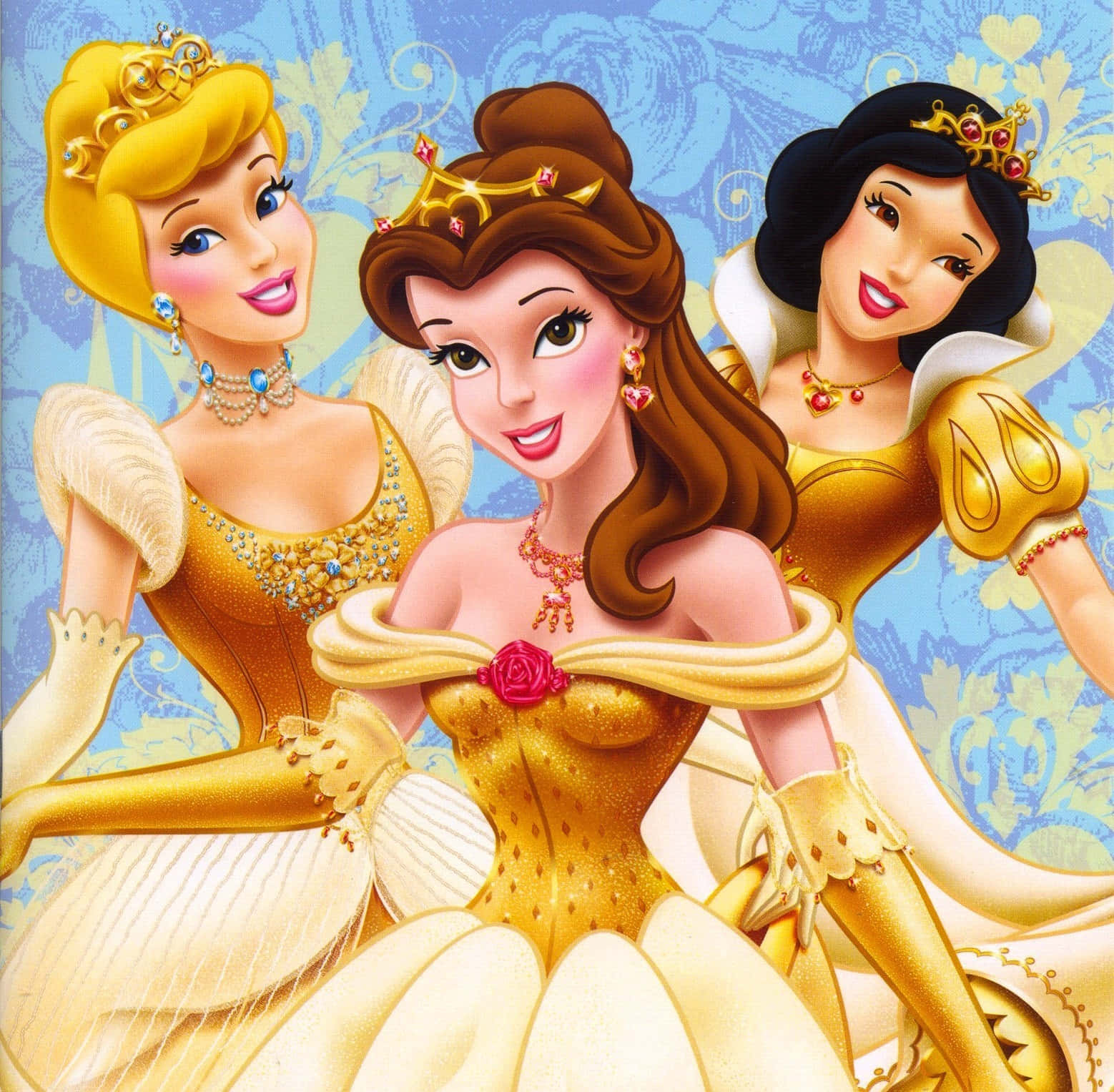There's something quite captivating, you know, about those figures who seem to dance to their own rhythm, especially when they live their lives in the full glare of public attention. Princess Margaret, Countess of Snowdon, was, in some respects, just such a person, someone whose very presence often commanded a lot of thought and conversation. She was, as a matter of fact, a royal who really made her mark, not just through her position but through her distinct way of moving through the world.
From a very early age, it appears, Princess Margaret had a certain spark, a kind of independent streak that was pretty clear for everyone around her to see. It was said, actually, that she was quite a spirited child, someone who, you know, showed a lot of energy and a strong will right from the time she was a very little girl, almost from when she was barely out of her initial childhood care. This early indication of her character, it seems, would really shape how people viewed her as she grew up and took on her royal duties.
As the years went on, the way she conducted herself, it kind of became, well, more pronounced, perhaps even a bit more difficult for those around her to manage. It felt, in a way, like there was no one who could truly step in or perhaps offer a guiding word, which is something that, you know, people often found themselves thinking about. This narrative, this idea of a royal figure who lived life on her own terms, certainly adds a particular flavor to the story of Princess Margaret, making her a figure that many still find quite interesting to consider.
- Josh Seth Meyers
- Kermit And Piggy Break Up
- How Old Are Fleetwood Mac
- Woman Dead In Walmart Oven
- Crystal Gayle Albums
Table of Contents
- The Early Years of Princess Margaret
- Personal Details and Bio Data of Princess Margaret, Countess of Snowdon
- Was Princess Margaret a Difficult Person to Manage?
- How Did Public Perception Shape Princess Margaret's Story?
- Life as a Royal- What Did It Mean for Princess Margaret?
- Could Anyone Really Guide Princess Margaret's Path?
- What Lessons Can We Learn from Princess Margaret's Journey?
- The Enduring Legacy of Princess Margaret, Countess of Snowdon
The Early Years of Princess Margaret
When we think about Princess Margaret's early life, we are, you know, often drawn to the idea of a child who was quite different from her older sister. It's often remarked that she possessed a rather lively spirit, a certain zest for life that was, quite frankly, noticeable from a very tender age. This characteristic, this sort of independent spark, was something that, in some respects, seemed to be with her right from the time she was a tiny person, practically as soon as she was old enough to be out of her first childhood room.
Growing up in a royal setting, it must be said, can be a rather unique experience, filled with both privilege and, well, a certain amount of expectation. For someone like Princess Margaret, who apparently had this inherent strong will, it could be that this environment sometimes felt a little confining. We often wonder, you know, how such a vibrant personality might have found its way within the somewhat structured existence that royal children typically encounter. It’s pretty clear that her early days set the stage for the public figure she would become, a person who, in a way, seemed to challenge expectations.
The stories from her younger years, too, often paint a picture of a child who was full of energy and, perhaps, a little bit mischievous. It's not hard to imagine, really, that a young person with such a distinct character would, in fact, make a lasting impression on those around her. This early period of her life, therefore, is often seen as a pretty important foundation for understanding the adult Princess Margaret, the Countess of Snowdon, and the particular path she chose to follow, even when it seemed to go against the grain a little.
- Olson Twin
- When Did Michelle Obamas Mom Pass Away
- John Waite Missing
- Keanu Reeves In The Matrix
- What Season Of American Idol Was Adam Lambert On
Personal Details and Bio Data of Princess Margaret, Countess of Snowdon
To give you a clearer picture, here are some key details about Princess Margaret, the Countess of Snowdon. These facts, you know, help us place her within the broader history of the royal family and give us a bit of a framework for her life story. It's always good, actually, to have these foundational pieces of information when we're talking about someone who lived such a public existence.
| Full Name | Princess Margaret Rose Windsor |
| Titles | Princess Margaret, Countess of Snowdon |
| Born | August 21, 1930 |
| Parents | King George VI and Queen Elizabeth The Queen Mother |
| Spouse | Antony Armstrong-Jones, 1st Earl of Snowdon (married 1960, divorced 1978) |
| Children | David Armstrong-Jones, 2nd Earl of Snowdon; Lady Sarah Chatto |
| Died | February 9, 2002 |
These details, you see, provide a basic outline for her life, helping us to grasp the various roles she held and the family connections she maintained. It's pretty interesting, in a way, to see how these official points really mark out the progression of her time as a royal. Knowing these facts, it kind of helps us to appreciate the context of her personal narrative, especially when we consider the many stories that surrounded her.
Was Princess Margaret a Difficult Person to Manage?
The idea that Princess Margaret was, well, a bit of a handful, is something that has, you know, certainly been mentioned quite a lot over the years. It's not just a passing comment; it seems to be a pretty consistent thread in many discussions about her. From what people have shared, it appears that this spirited side of hers was evident from a very early age, practically from the time she was a tiny child, almost as soon as she was out of her earliest childhood room. This suggests a deeply ingrained aspect of her personality, something that wasn't just a fleeting phase.
As she grew older, the general feeling was that her way of acting, her overall conduct, actually became, in a way, more pronounced, perhaps even a bit more challenging for those around her to deal with. It was, apparently, a situation where it seemed there wasn't really anyone who felt they could step in and offer a firm word or, you know, effectively guide her. This lack of perceived control, this idea that she was truly her own person, often led to a lot of discussion and, well, a certain amount of concern among those in her close circle and, frankly, the wider public too.
It's interesting to think about why this might have been the case. Was it a matter of her position, where, you know, few people felt they had the authority to really correct a princess? Or was it something more about her personal strength, a kind of inner determination that simply resisted external attempts to shape her? These are questions that, in some respects, remain a topic of conversation, showing just how much her character captivated public imagination. The impression, anyway, was that she charted her own course, regardless of what others might have wished for her.
The stories of her spirited nature, too, often highlight a person who was not afraid to speak her mind or, you know, to live life on her own terms. This can be seen as both a strength and, perhaps, a source of friction within a very traditional institution. It's pretty clear that her independence was a defining trait, one that, in a way, set her apart and made her a truly memorable figure. So, while the idea of her being "difficult" might suggest a negative connotation, it also speaks to a person who was, quite literally, unwilling to be easily swayed or controlled, which is, you know, something to consider.
How Did Public Perception Shape Princess Margaret's Story?
Public perception, you know, played a rather significant part in how Princess Margaret, Countess of Snowdon, was seen throughout her life. The narrative that she was a "handful" from an early age, and that her behavior, well, seemed to get more challenging because no one could really tell her what to do, certainly colored how people thought about her. It created, in a way, an image of a royal who was perhaps a bit rebellious, someone who didn't always fit neatly into the expected mold of royal decorum.
This public view, it's pretty clear, wasn't just based on direct interactions but also on the stories and reports that circulated about her. When there's a sense that a royal figure is, you know, operating outside the usual boundaries, it tends to capture a lot of attention. People are, in some respects, often fascinated by those who seem to break free from strict conventions, especially within an institution as traditional as the monarchy. So, her perceived spiritedness became a part of her public identity, a characteristic that many people associated with her.
It's also worth thinking about how the media of the time might have, well, influenced this perception. Stories about her personal life, her choices, and her general demeanor were often widely shared, and these accounts, you know, could either reinforce or challenge the existing public narrative. When the idea takes hold that someone's actions are, frankly, beyond the reach of conventional guidance, it can create a powerful image, one that sticks in the minds of the public for a very long time. This collective thought, therefore, became a pretty important part of Princess Margaret's overall story, shaping how she was understood by many.
The public's interest in her personal conduct, and the idea that she was someone who couldn't be easily swayed, kind of added to her mystique. It made her, in a way, a figure who was both admired for her independence and, perhaps, sometimes criticized for it. This dual reaction, this mix of fascination and occasional disapproval, is, you know, a pretty common experience for public figures who don't always conform. Her story, therefore, is a pretty good example of how public opinion can truly shape the narrative around a well-known individual, especially a royal.
Life as a Royal- What Did It Mean for Princess Margaret?
Living life as a royal, you know, comes with a rather distinct set of circumstances, a unique blend of privilege and, well, a certain amount of public scrutiny. For Princess Margaret, it meant growing up in an environment where her every move, her every choice, was, in some respects, observed and commented upon. This kind of existence, where personal life often becomes public property, is something that very few people truly experience, and it must have shaped her in profound ways.
The expectations placed upon members of the royal family are, frankly, pretty considerable. There's a certain way of acting, a particular kind of decorum that is generally anticipated. For someone like Princess Margaret, who, as we've discussed, was known for her spirited nature and her independent streak, navigating these expectations could be, you know, quite a challenge. It's not hard to imagine that a person with a strong will might sometimes feel constrained by the traditions and protocols that come with royal status.
Her position, too, meant that she was always in the spotlight, whether she sought it or not. Every personal relationship, every public appearance, every decision she made, was subject to public discussion and, well, often intense media attention. This constant visibility, this idea of living under a microscope, can be a rather demanding aspect of royal life. It means that personal struggles or private moments can very quickly become topics of widespread conversation, which is, in a way, a heavy burden to carry.
In essence, being a royal for Princess Margaret meant living a life that was, in some respects, both grand and, perhaps, a little bit isolating. It meant having access to incredible things but also facing constant judgment and the persistent feeling that her actions were, quite literally, always being evaluated. This unique set of circumstances, therefore, played a very significant part in shaping who she was and how she was perceived by the world, making her story, you know, a pretty compelling one to consider.
Could Anyone Really Guide Princess Margaret's Path?
The idea that Princess Margaret's behavior seemed to get more challenging because, well, there wasn't anyone who could really tell her what to do, is a pretty interesting point to consider. It raises questions about the nature of influence and authority within the royal family, and, you know, how much personal freedom a royal actually has. Was it truly the case that no one had the capacity to guide her, or was it more that she simply chose her own direction, regardless of advice?
In
- Dr Dre Alimony
- Kanye West Former Girlfriend
- How Much Is Brittany Spears Worth
- Susan Tyrrell
- Keanu Reeves In The Matrix


